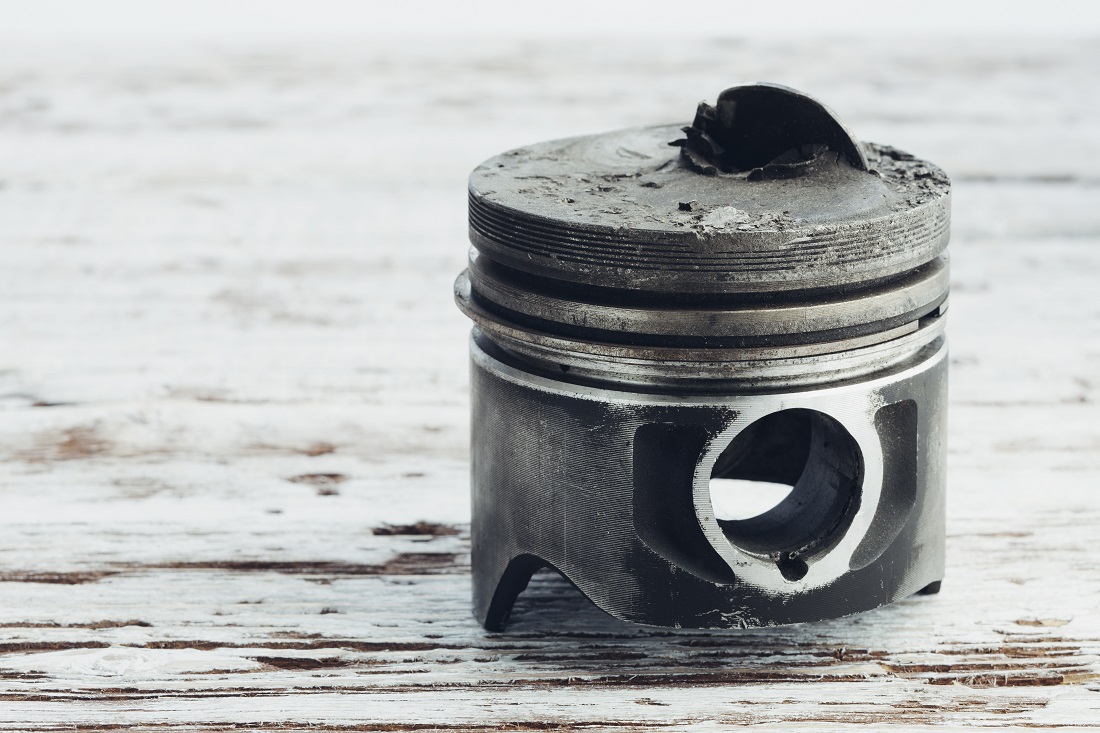
ILSAC GF-6 is on its home stretch to commercial introduction on May 1, but automakers and the lubricant industry are questioning whether additional work is needed to help prevent low-speed pre-ignition.
LSPI is a recent phenomenon that sometimes occurs in down-sized, turbocharged engines operating at low speeds under heavy loads. For reasons that are still not completely understood, combustion occurs in the piston chamber before sparkplug ignition, sometimes causing severe damage of the piston. The industries tried to address the problem in 2018 by introducing a supplemental passenger car engine oil category, API SN Plus, the predecessor to GF-6. SN Plus included the Sequence IX test meant to gauge an oils ability to prevent LSPI. The Sequence IX was carried over into GF-6 and its companion category, API SP.
In 2018, Lubrizol issued an SAE paper investigating low-speed pre-ignition durability. This work showed that original equipment manufacturers and lubricant formulators should also look at LSPI durability throughout the oil drain – when an oil has aged and not just when it is fresh.
This work caught the eye of some International Lubricants Standardization and Advisory Committee members, including Ford – which developed the Sequence IX test for API SN plus- as well as General Motors, which developed its own LSPI test for Dexos1 Generation 2, as well as for use in the pending Dexos1 Generation 3 specification. A task group of OEMs, additive companies, the Test Monitoring Center and the SWRI and Intertek engine testing laboratories was formed to investigate LSPI durability.
The American PetroIeum Institute Lubricants Committee and oil marketers discussed the issue in a teleconference on Jan. 29. Fords Ron Romano, who led the group, explained the issue and the work the task force was doing. Some formulations that did well with fresh oil may not perform as well as the oil ages, Romano said. The task force developed a test to examine this phenomena, and the group requested some funding from API to support the work. Romano noted that task force members have also volunteered to fund at least some of the work, which is expected to cost about $350,000. He also invited others from the industry to join the task force and provide further support.
API lubricants group members asked how urgent this was. Nathan Siebert from General Motors said that OEMs considered the issue quite urgent and wanted work to move along quickly. Romano also noted that he sought to update the current ILSAC GF-6 specification as opposed to having a new OEM specification. Siebert noted that GM did not plan to develop its own test, but would adapt this one into its dexos1 specification. Vanderbilt noted some comments about the design of the test matrix, which will be considered by the task force. API agreed to take this under advisement and in subsequent calls, API has said it is considering funding some of the matrix testing.
API noted that it budgets money for test development work between categories, which comes from fees generated by the engine oil licensing program. APIs Kevin Ferrick and others on the latest call did raise some issues that need to be considered before members can make a formal decision. The group on the call also discussed use of a memorandum of understanding as a way to handle funding. The group typically uses such a mechanism, members noted, but it does take longer to execute and since timing is important, it could slow efforts.
This potential change does raise some possible, significant issues about implementation and whether it would force changes to current engine oil formulation technology just introduced after the industry has spent millions of dollars to develop and commercialize new products. Kevin Ferrick noted that API will need to consider it, but more than likely it would be introduced in a similar manner to API SN plus. This is where the Sequence IX LSPI test was first introduced to supplement API SN/ILSAC GF-5. He added that this allowed API to handle an OEM concern quickly but with appropriate mandatory waiting periods to allow fair access to the new specification.
Many open questions still remain concerning timing, how this impacts the new dexos1 specification, and whether this would replace the Sequence IX test or serve as an additional test. This is in addition to questions on test costs and the cost of reformulation. Like the Sequence IX test, base oil interchange rules and viscosity grade read across rules would also need to be established for any new test.